Check out some of our awesome projects with creative ideas.
Filter:
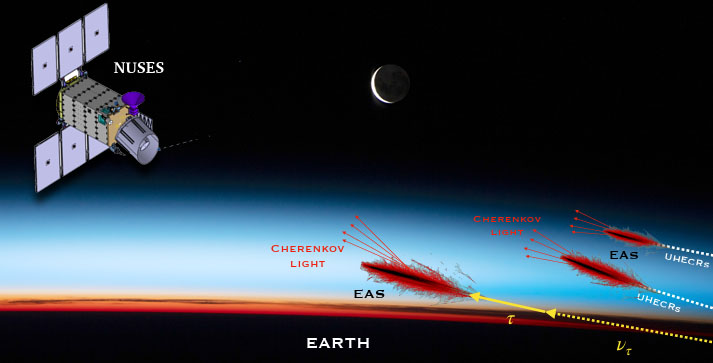
NUSES - Terzina payload
Terzina is one of the two scientific payloads aboard the Italian NUSES satellite. It is a compact, space-based telescope designed to detect Cherenkov light from Extensive Air Showers (EAS) initiated by Ultra-High Energy Cosmic Rays and neutrinos. Featuring a Schmidt-Cassegrain optical system and a Silicon Photomultiplier (SiPM) camera, Terzina integrates a custom front-end and DAQ architecture capable of high-speed, low-power acquisition and real-time triggering in low Earth orbit.
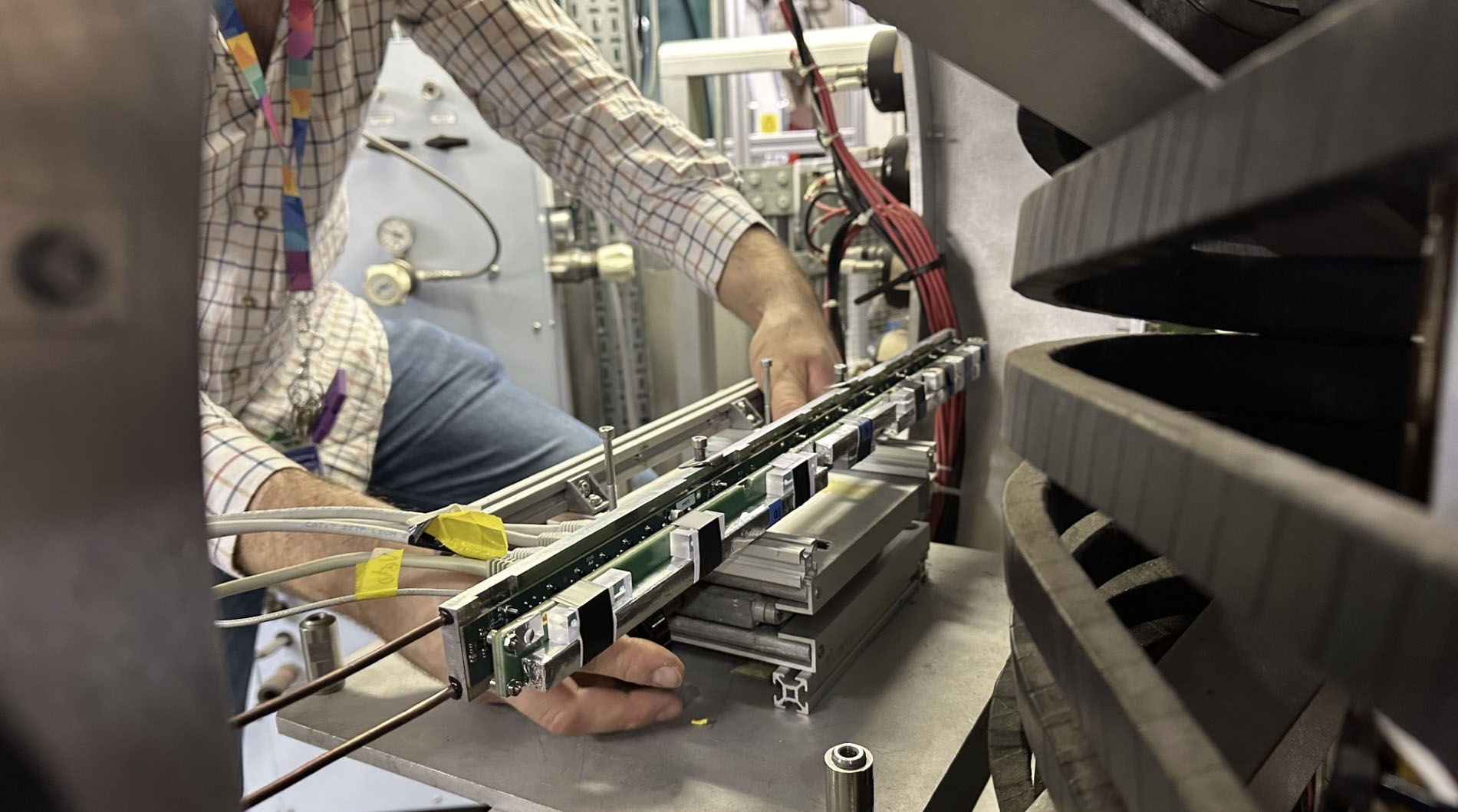
Neural Network Pile-Up Resolution
The Super-MuSR spectrometer leverages a 1D convolutional neural network embedded in FPGA to resolve event pile-up in real time, outperforming classical deconvolution and enabling robust hit identification at gigacount rates.
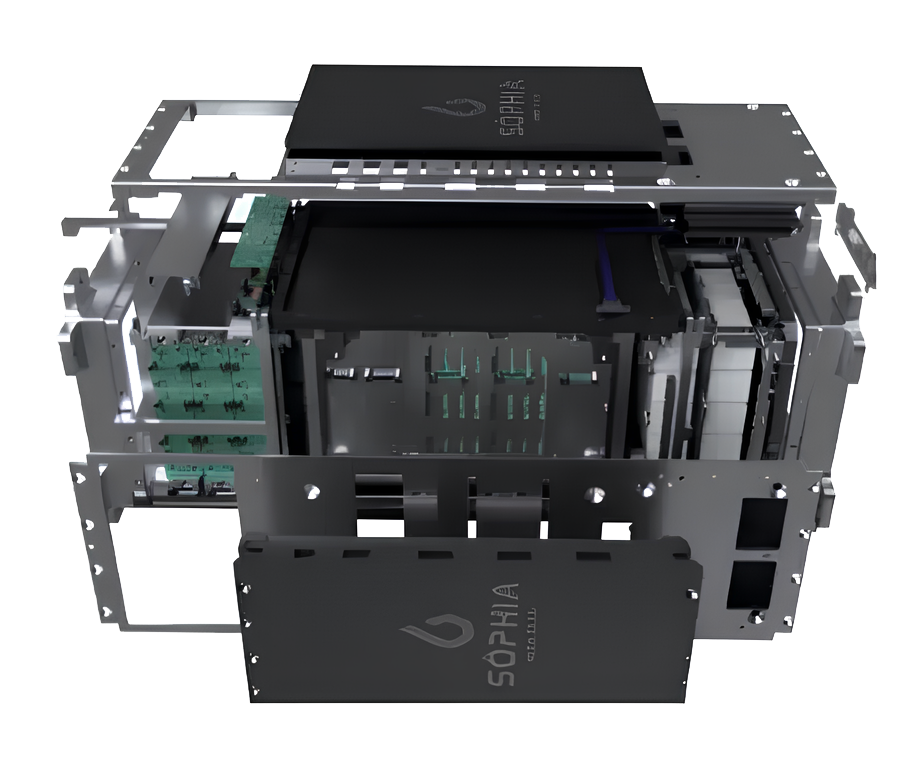
NUSES - Zirè payload
Ziré is one of the two payloads aboard the Italian NUSES satellite, designed to detect low- and medium-energy cosmic rays and gamma rays. It integrates a Fiber Tracker, Plastic Scintillator Tower, gamma-ray calorimeter (CALOg), and an Anti-Coincidence System, all read out via SiPMs. Ziré enables 3D particle tracking, charge discrimination, and gamma-ray spectroscopy, serving as a technology pathfinder for future space-based astroparticle detectors.
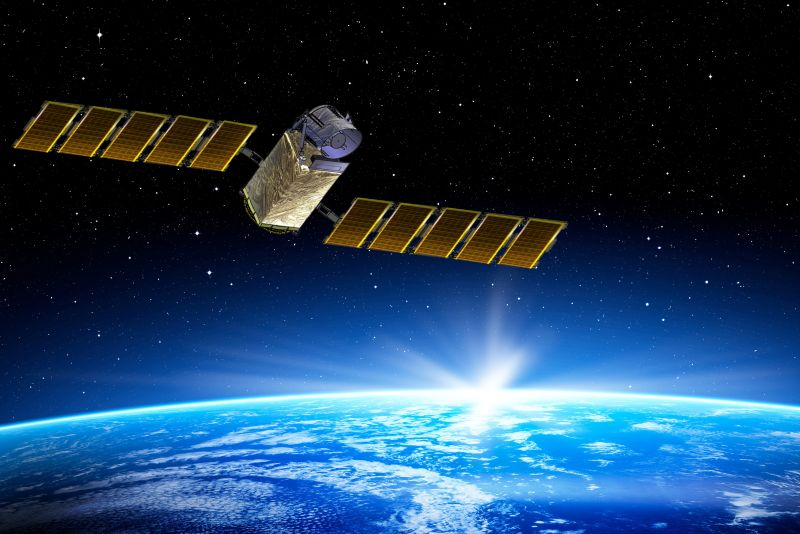
NUSES Space Mission
NUSES is an Italian-led space mission aimed at validating innovative technologies and scientific instruments for the study of cosmic rays, space weather, and neutrinos. With two independent payloads—Ziré and Terzina—the satellite represents a significant step toward next-generation orbital observatories.

Data Concentrator for Space Instruments
Modern space missions for astroparticle physics and space weather monitoring require robust and flexible data concentrator systems. Designed to interface with heterogeneous subdetectors, this architecture enables real-time event handling, synchronized acquisition, and reliable communication with onboard computers.
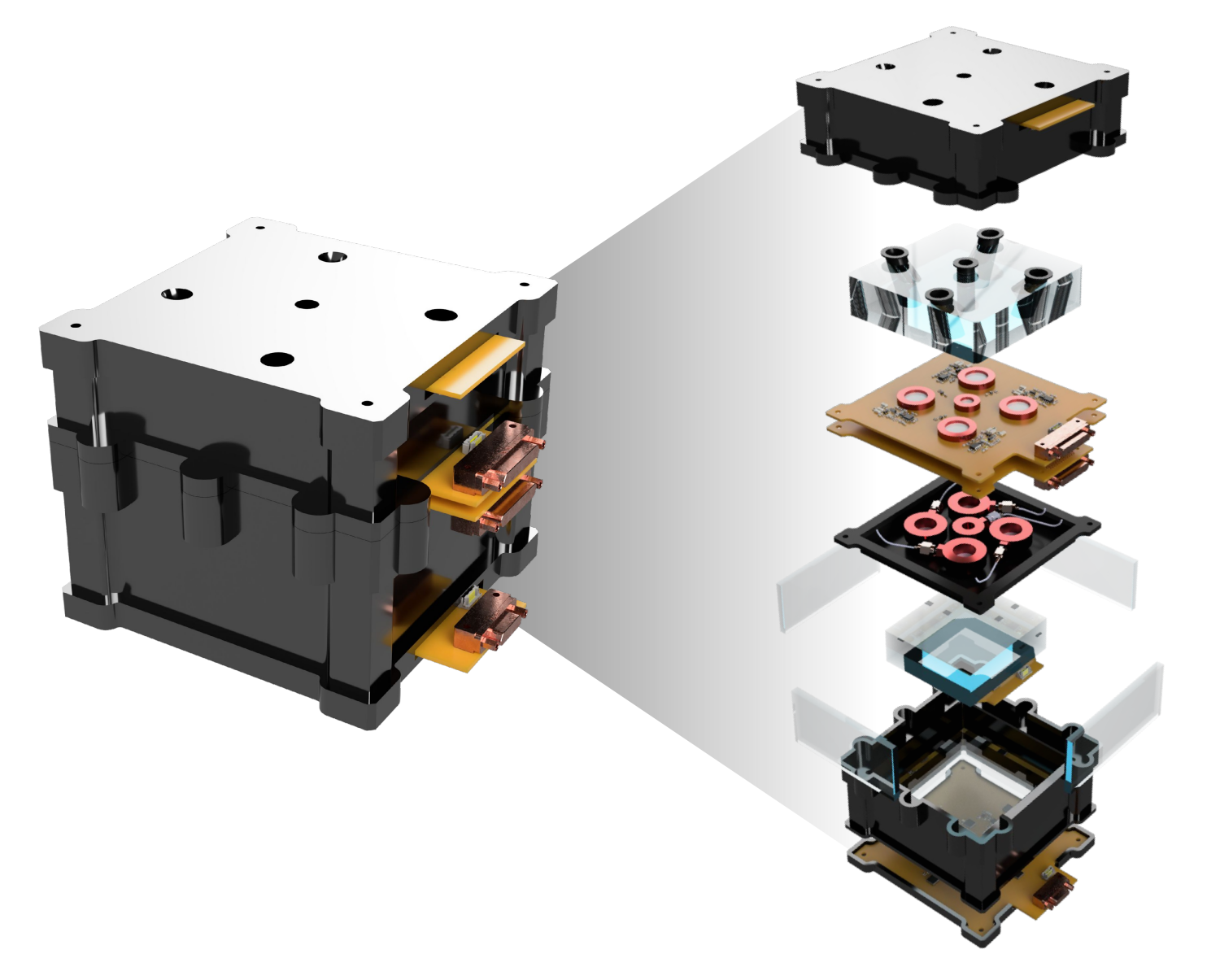
LEM - Low Energy Module
The Low Energy Module (LEM) is a compact, high-precision particle spectrometer developed for the NUSES satellite to detect low-energy protons and electrons in low Earth orbit. The detector employs a hybrid readout system combining silicon PIPS sensors and plastic scintillators with SiPMs, supported by a powerful onboard DAQ and FPGA firmware, enabling high-rate histogram and list mode acquisition.
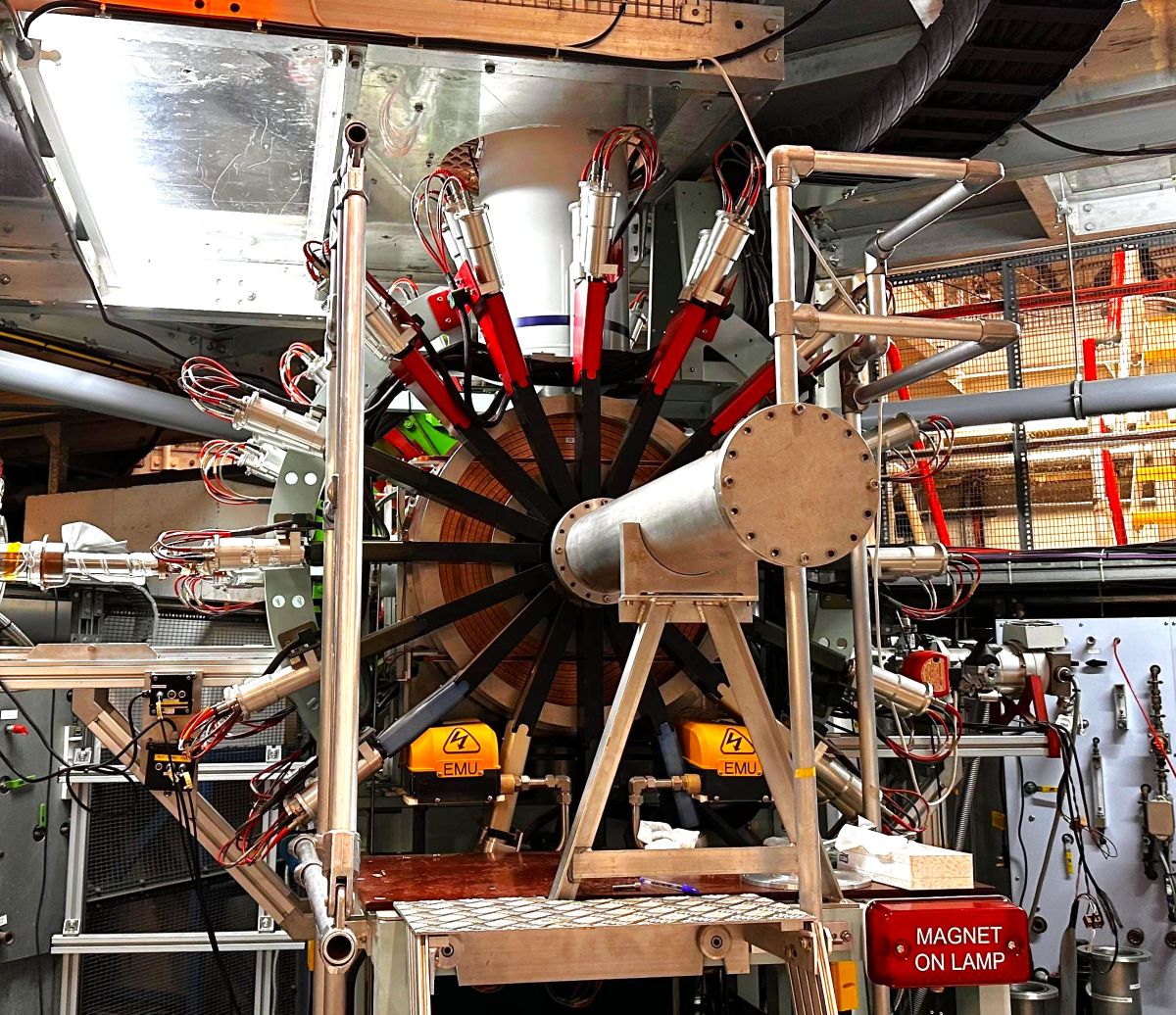
ISIS HiFi muon spectromenter DAQ upgrade
As part of the ongoing enhancement of the HiFi spectrometer at ISIS, Nuclear Instruments integrated the DAQ121—our high-speed, 1 Gsps, 12-bit digitizer—into the data acquisition chain alongside the legacy TDC system. This hybrid configuration enables advanced digital discrimination of PMT signals and real-time pile-up deconvolution, increasing temporal resolution and system flexibility for high-rate muon experiments.
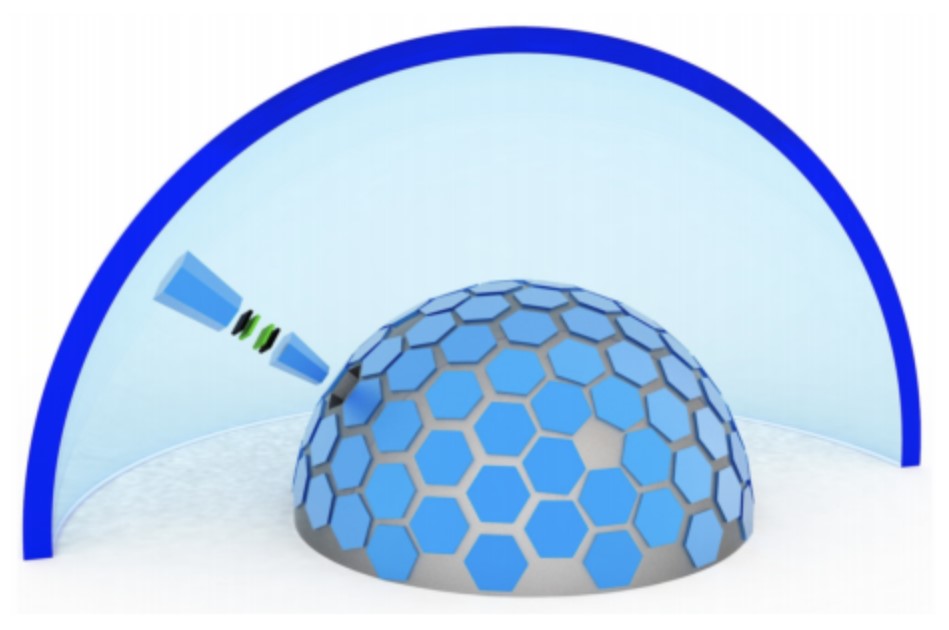
Crystal Eye Demonstrator
Crystal Eye is a new generation all sky monitor for the observation of 10keV-30MeV cosmic photons exploiting a new detection technique, which foresees enhanced localization capability with respect to current instruments. This is now possible thanks to the use of new materials and sensors.
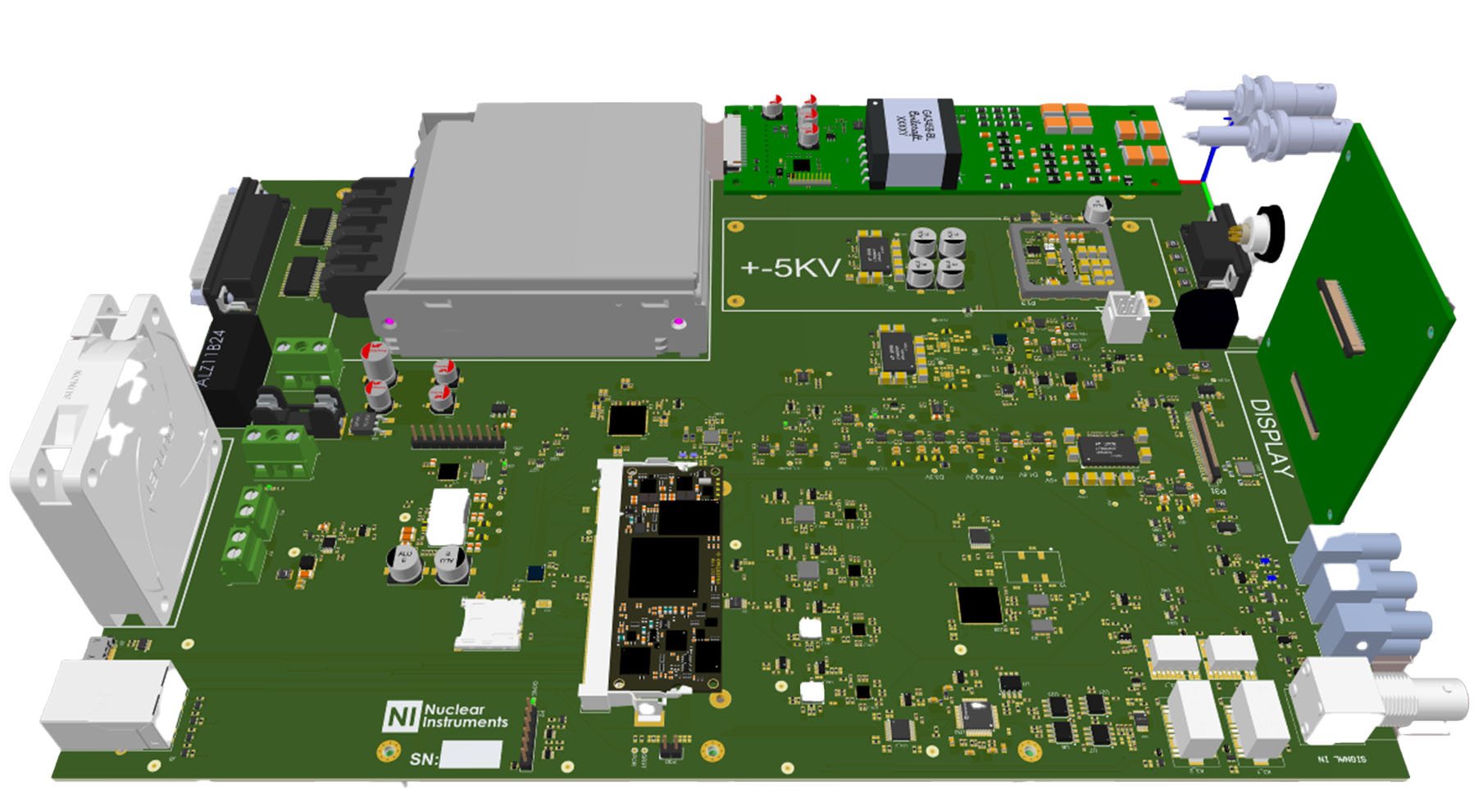
20-bit Interleaved ADC for Direct Sampling in X-ray Spectroscopy
A novel 20-bit interleaved SAR ADC architecture enables direct digitization of preamplifier signals in high-rate X-ray spectroscopy applications. It eliminates analog reshaping stages while achieving sub-150 eV resolution at MHz-level event rates. Designed around a Zynq SoC and tested with the ARDESIA detector, the system demonstrates a robust, low-noise digital pipeline tailored for synchrotron environments and pixelated SDDs.
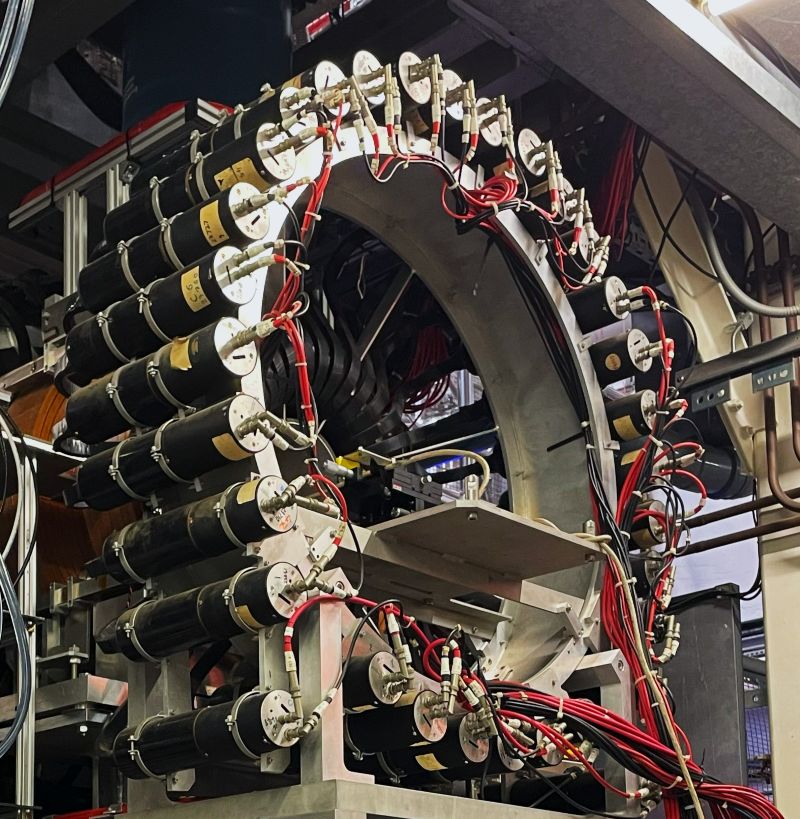
SuperMuSR
As part of the Super-MuSR upgrade at the ISIS Muon Pulsed Facility, Nuclear Instruments developed advanced front-end electronics, including custom sensors and preamplifiers, and integrated our DAQ-121 digitizer—an 8-channel, 1 Gsps, 12-bit simultaneous sampling system—enhancing time resolution and data throughput for next-generation muon spectroscopy.
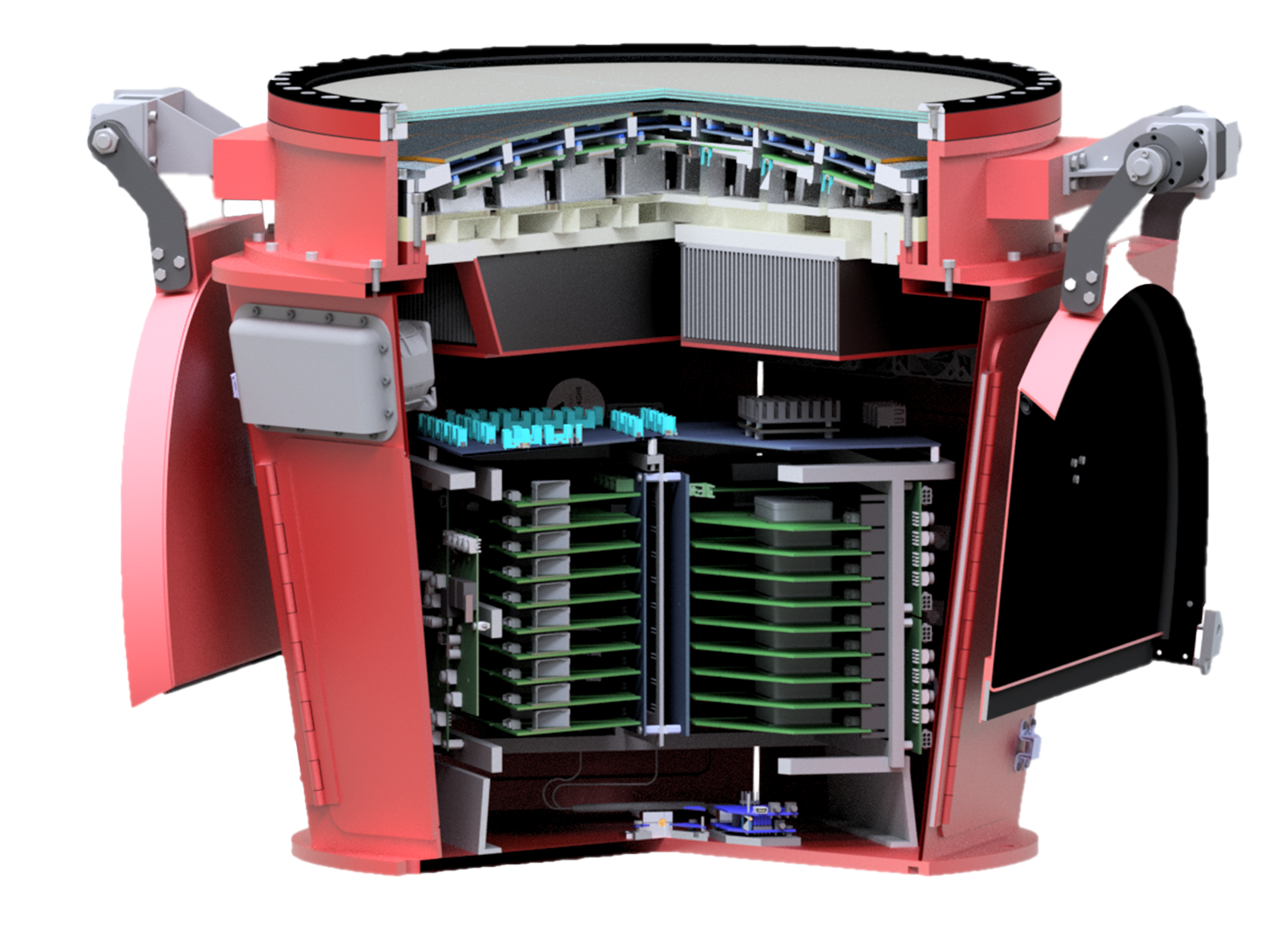
ASTRI Camera Electronics
Modular FPGA-based electronics for the ASTRI camera, enabling high-speed SiPM readout, real-time triggering, and autonomous calibration in Cherenkov telescopes.
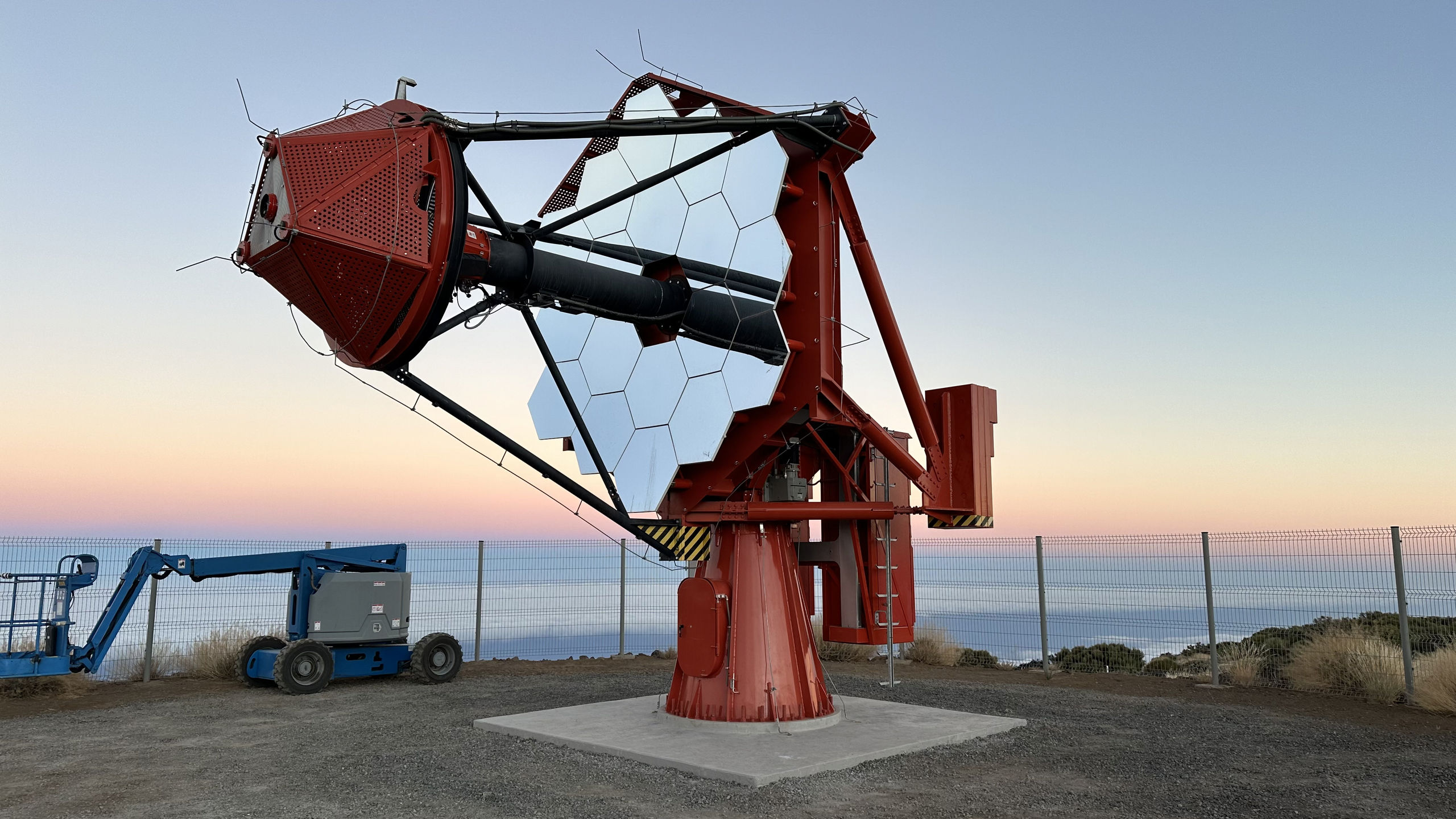
ASTRI
ASTRI Mini-Array is an INAF project to build a network of nine dual-mirror Cherenkov telescopes for gamma-ray astronomy. Located at 2400 m altitude in Tenerife, it will detect high-energy photons (1–300 TeV) from cosmic sources and enable precision measurements in stellar interferometry and cosmic ray physics.
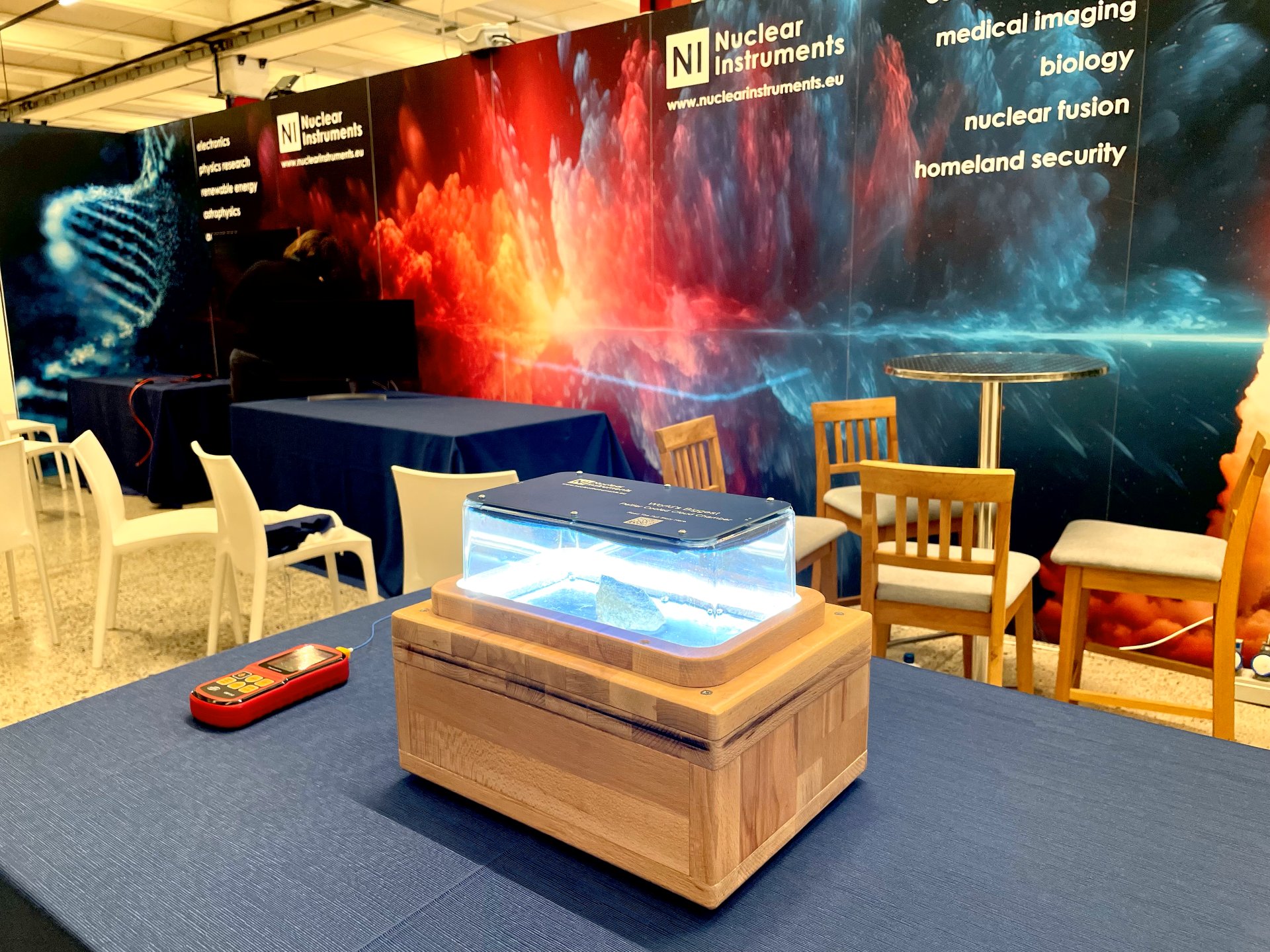
Building a Large-Scale Educational Cloud Chamber to Observe Radiation with the Naked Eye
We’ve developed a large-scale educational cloud chamber (20×15×10 cm) that visually reveals natural radiation in real-time. Using four double-stage Peltier cells, the system cools the alcohol-air mixture down to -35 °C, creating the conditions needed to observe particle tracks with the naked eye. One of the largest of its kind worldwide. We built it to display in the Young Exhibition at Lariofiere, Italy, where it will be used to teach students about radiation and particle physics.
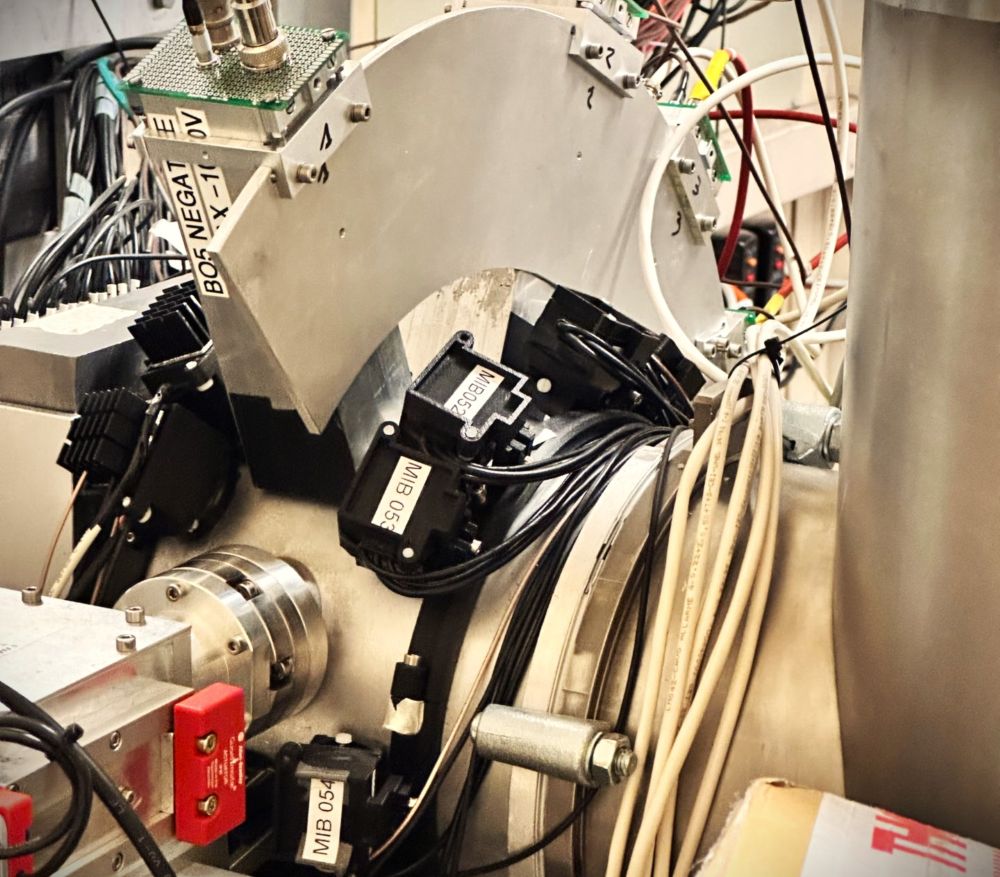
FAMU Experiment @ RIKEN RAL
The FAMU experiment at the RIKEN-RAL muon facility aims to precisely measure the proton Zemach radius through detection of characteristic X-rays from muonic hydrogen. Nuclear Instruments developed custom electronics for the LaBr₃:Ce detectors, including innovative preamplifier circuits and a unique “4-1” SiPM readout architecture. These improvements significantly enhanced time resolution—critical for separating prompt and delayed signals—while maintaining excellent energy resolution in the 100–130 keV range.
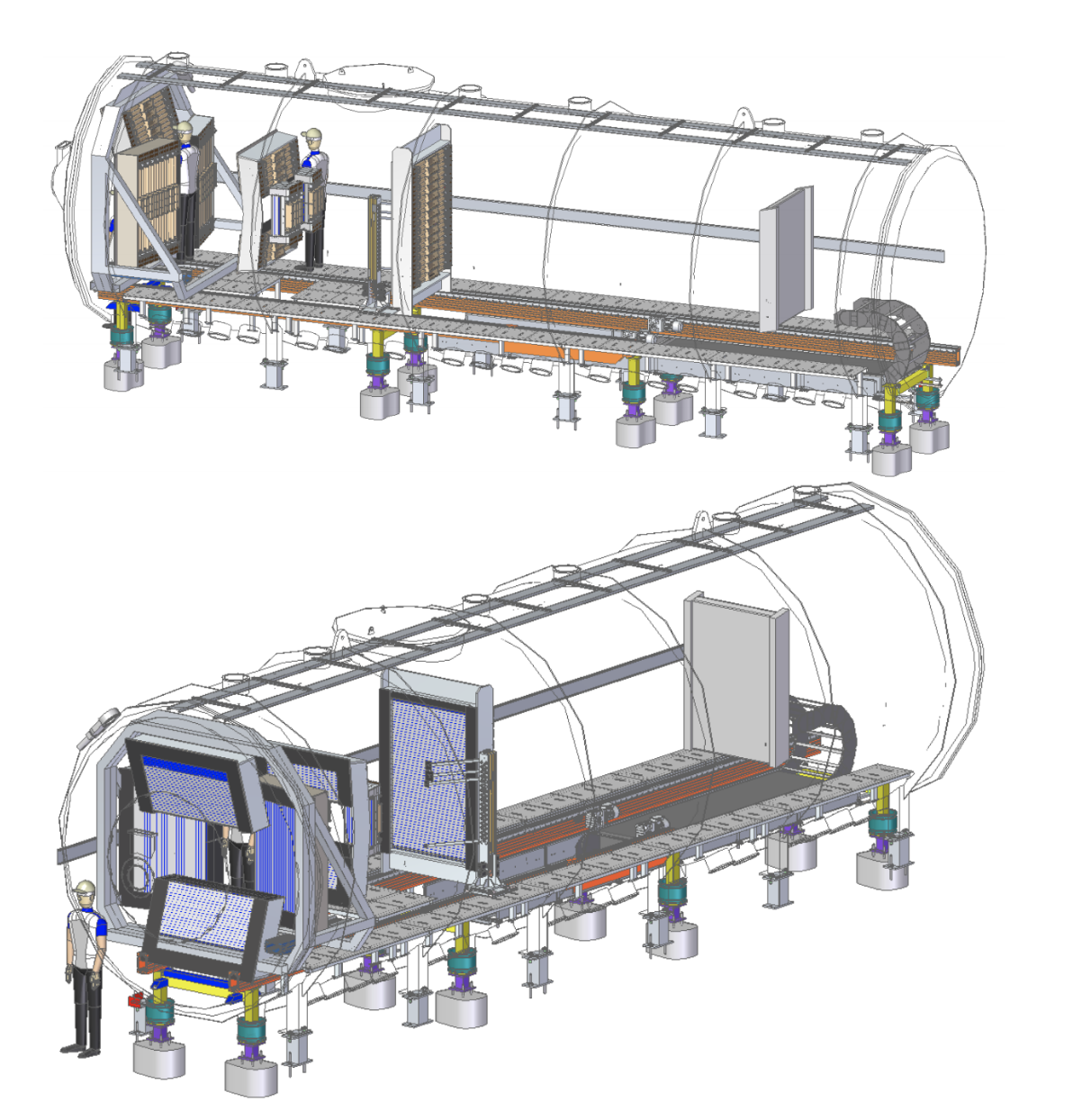
R5560 Readout System for ESS-LoKI SANS
LoKI is a SANS instrument that will enable scientists to answer the challenging materials science questions of tomorrow in fields from health and aging, to sustainability and energy security. One of the first instrument concepts to be proposed and moved into construction, LoKI will be part of the early science programme at ESS.
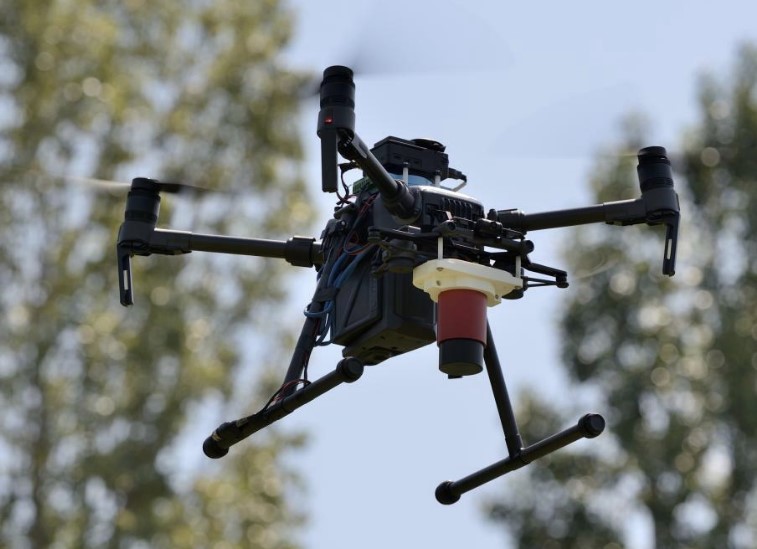
Pignoletto
Pignoletto aims to create a multiscale analysis system of the characteristics of the soils and the environment, based on the combination of geophysical field measurements with measurements obtained from airborne sensors, satellite information and proximity surveys.
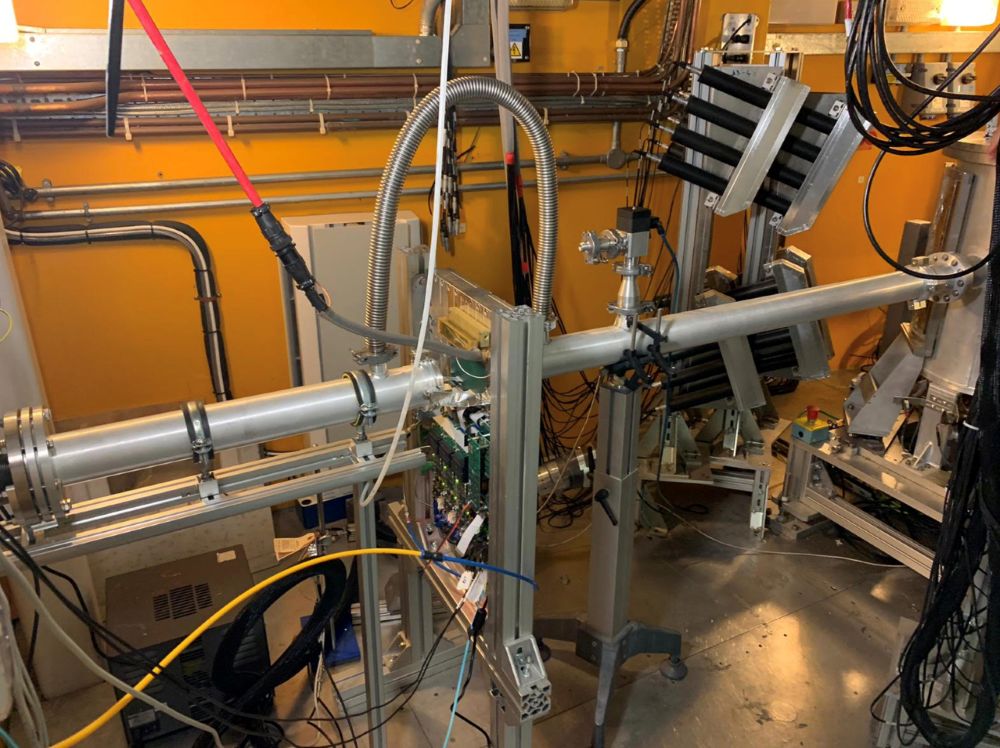
GEM Detector Readout System for Transmission Measurements on the Vesuvio Instrument at ISIS
Nuclear Instruments designed the readout system for a novel 2D detector used for neutron transmission measurements on the VESUVIO experiment at the ISIS Facility (UK). The detector is based on a thick GEM and features 384 readout pads (channels). The readout architecture consists of a series of distributed boards, each equipped with a Kintex-7 FPGA implementing 64 TDCs with a resolution of 0.5 ns, double-hit resolution of 4 ns, and 64-bit timestamping. Each FPGA interfaces with four GEMINI ASICs, which provide the analog front-end processing.
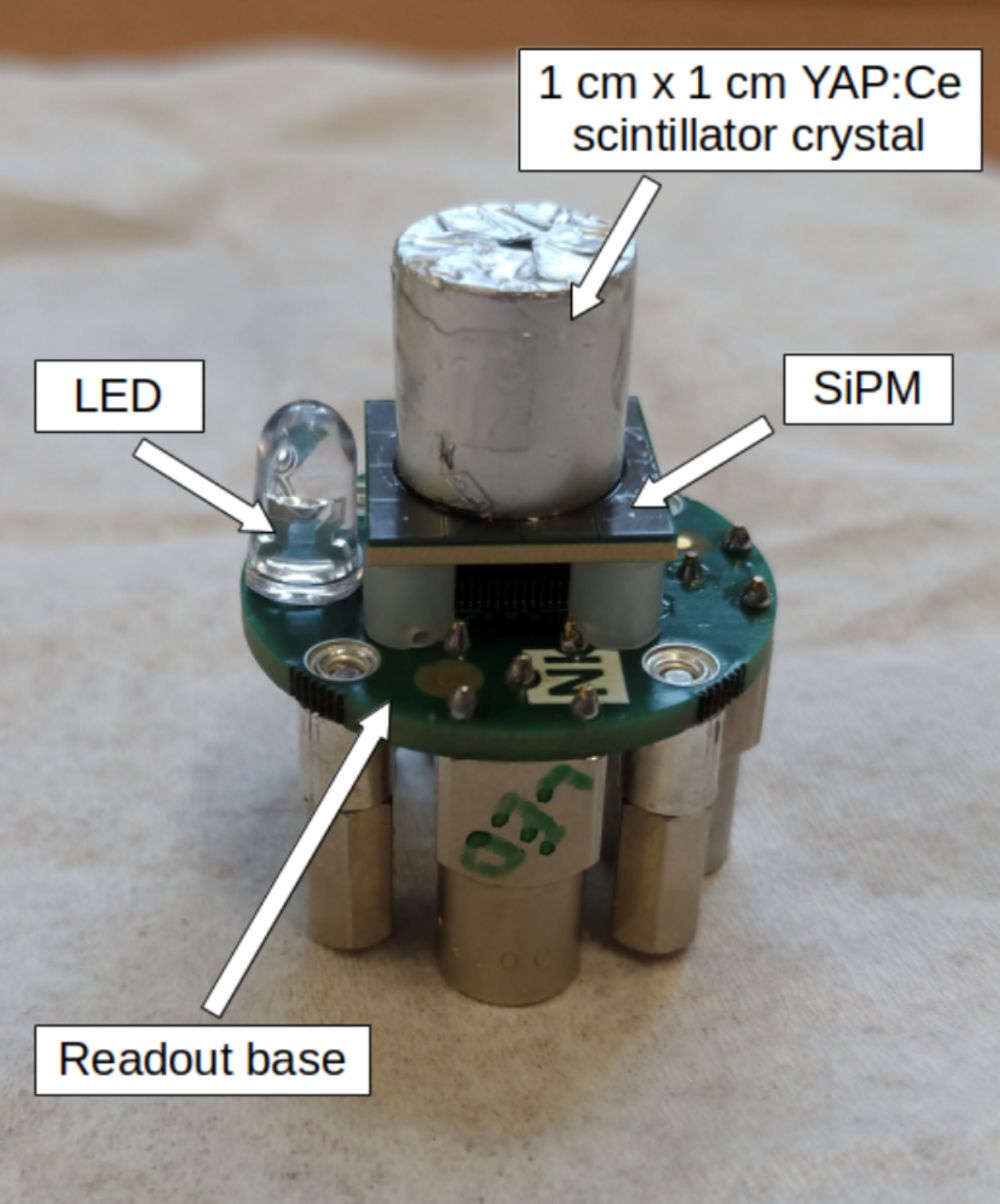
Compact SiPM Detector upgrade for DIII-D
In collaboration with the Department of Physics at the University of Milano-Bicocca and the Institute for Plasma Science and Technology (CNR), Nuclear Instruments developed the electronics for a compact spectrometer optimized for the detection of hard X-rays generated by runaway electrons. Designed for integration with the Gamma-Ray Imager diagnostic on the DIII-D tokamak, the spectrometer features a high dynamic range (above 10 MeV), fast timing (≈70 ns FWHM), and real-time gain monitoring via an embedded LED. Stable performance under high counting rates (>1 MCps) makes this instrument well-suited for advanced plasma diagnostics.